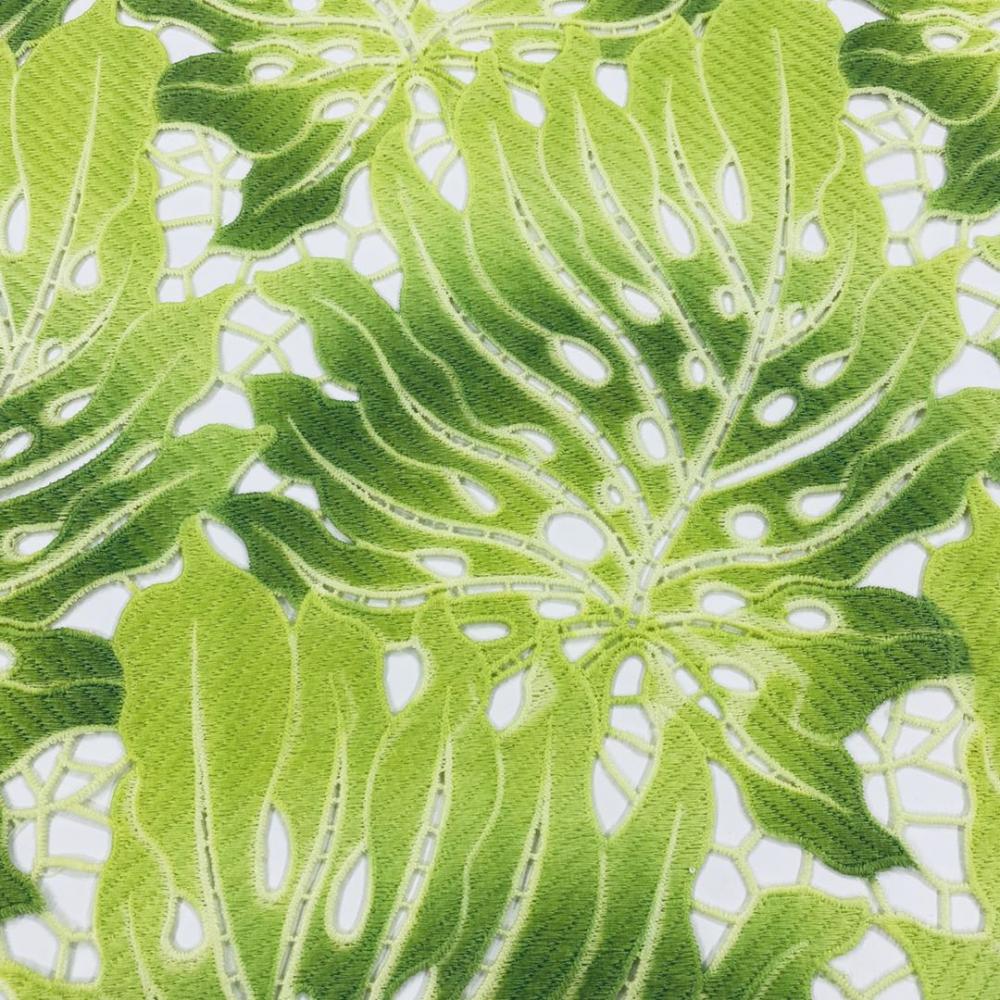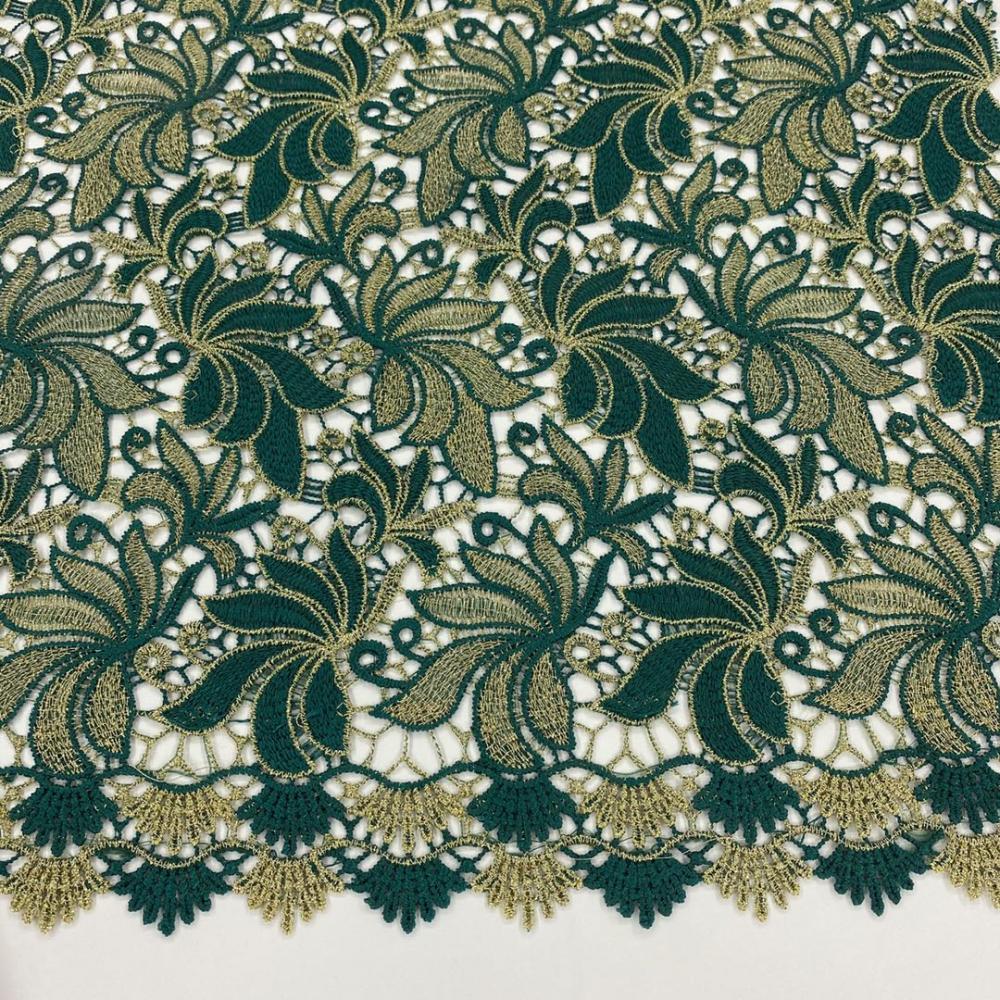The current national standard for assessing the fastness to dry cleaning of textile and apparel products is GB/T 5711-1997 "Color fastness to textiles tested for fastness to dry cleaning", and the test methods used to assess this indicator are ISO 105- D01:2010 and AATCC TM 132–2009. GB/T5711-1997 equivalently adopts ISO 105-D01:1993, and ISO 105-D01:1993 has now been replaced by ISO 105-D01:2010. ![]()
![]()
2. Analysis
The evaluation criteria of these product standards for color fastness to dry cleaning are superior grades ≥ 4-5, first grade ≥ 4, and qualified grade ≥ 3-4. If the color fastness to dry cleaning of the sample is selected from the ISO 105-D01:2010 standard test, the results will be greatly changed when evaluated according to the existing product standards, and even the change of the evaluation conclusion may be changed. The products required by the product specifications will have new test results that meet the requirements for first-class or even superior products, and that many unqualified samples will also satisfy the requirements.
The requirements of the current product standards for fastness to dry cleaning can even meet the requirements of first-class products.
In our country's standardization activities, we generally formulate our country's standards based on existing international standards (including the upcoming international standards). GB/T5711–1997 is equivalent to adopting ISO 105-D01:1993. ISO 105-D01:2010 replaced ISO 105-D01:1993 on 2010-05-01, so when revised, GB/T5711 will be revised in accordance with the new international standard ISO 105-D01:2010. Both are in technical content. The above should be equivalent. In this way, the above-mentioned updated test standards for dry cleaning fastness will have an impact on the evaluation results of many products.
At present, the vast majority of dry cleaning reagents are tetrachloroethylene. After the used tetrachloroethylene is distilled by the dry cleaning machine distillation system, it will be changed into a clean tetrachloroethylene wash solution. The next time it is used, it will be a clean wash solution. Therefore, from a practical point of view, the evaluation of the stain level of the reagent after dry cleaning is performed. The practice is not meaningful.
In a dry-cleaning process, it is possible to mix and wash clothes of various colors. Therefore, it is common for the dyes peeled off from clothes to contaminate other clothes. Therefore, ISO 105-D01:2010 evaluates the standards for lining fabrics after dry cleaning. The practice of staining is of good practical value. The AATCC TM 132, the test standard of the American Society of Textile Chemists and Colourists, another relatively influential test, adopted this method very early on.
The current national standard GB/T5711–1997 will lead to some “originally satisfying†fabrics being abandoned or technically subject to additional dyeing and finishing processes, which will result in the unnecessary use of “threshold†for some fabrics. The use of resources such as water, electricity, steam, labor, etc., in the process of drawing up high volumes and in additional dyeing and finishing processes is somewhat inconsistent with the reduction of energy consumption and energy conservation advocated by the country, and is not suitable for the current “low-carbon†trend. .
It should be revised according to the new technology trends and implemented as soon as possible. In order to avoid the occurrence of similar situations, it is recommended that the relevant technical committees of the country strengthen communication, and timely understand and master the technical trends of the relevant international standardization organizations, early detection, research and resolution of the technology convergence between related standards, making the standards in the implementation of the implementation The time and technical content are more suitable for our country's situation, to better promote the improvement of our product quality, and thus promote economic development.
For more content, please follow this site
In order to discuss the differences of the test standards in evaluating textile fastness to dry cleaning, 10 samples were selected in this paper and tested and analyzed according to GB/T5711-1997 and ISO 105-D01:2010 respectively.
Test
1.1 Test Equipment and Materials
Test equipment: wash fastness tester.
Test materials: Corrosion-resistant stainless steel discs, undyed cotton twill, perchloroethylene, standard lining fabrics for single-fiber and multi-fiber (DW type) tests for color fastness, gray-scale cards for evaluation of discoloration, and evaluation of staining With gray card, colorimetric tube.
1.2 Test process
Ten samples were tested according to GB/T5711-1997 and ISO 105-D01:2010 respectively. According to the ISO 105-D01:2010 test, the standard lining fabrics are selected from the group consisting of cotton, viscose, silk, wool, polyester, polyamide, and multi-fiber (DW). Gray sample cards were used to assess the discoloration of the samples, solvent staining, and staining of standard liner fabrics.
1.3 test results
The test results are shown in Table 1, Table 2, and Table 3.
2. Analysis
From the data, it can be seen that for most of the samples, the results according to the ISO 105-D01:2010 test are generally better than the results obtained by the GB/T 5711-1997 test. In China, the product standard of woven garments widely quotes GB/T5711-1997 as a test method for evaluating fastness to dry cleaning, such as GB/T2664–2009 Men's Suits and Coats, GB/T2665-2009 Women's Suits, Coat, FZ/T81010-2009 "windbreaker", FZ/T81008-2004 "Jacket" and so on.
The evaluation criteria of these product standards for color fastness to dry cleaning are superior grades ≥ 4-5, first grade ≥ 4, and qualified grade ≥ 3-4. If the color fastness to dry cleaning of the sample is selected from the ISO 105-D01:2010 standard test, the results will be greatly changed when evaluated according to the existing product standards, and even the change of the evaluation conclusion may be changed. The products required by the product specifications will have new test results that meet the requirements for first-class or even superior products, and that many unqualified samples will also satisfy the requirements.
The requirements of the current product standards for fastness to dry cleaning can even meet the requirements of first-class products.
In our country's standardization activities, we generally formulate our country's standards based on existing international standards (including the upcoming international standards). GB/T5711–1997 is equivalent to adopting ISO 105-D01:1993. ISO 105-D01:2010 replaced ISO 105-D01:1993 on 2010-05-01, so when revised, GB/T5711 will be revised in accordance with the new international standard ISO 105-D01:2010. Both are in technical content. The above should be equivalent. In this way, the above-mentioned updated test standards for dry cleaning fastness will have an impact on the evaluation results of many products.
In the current assessment of the technical fastness to textiles against dry cleaning, ISO 105-D01:2010 uses standard lining fabrics to evaluate the color fastness to dry cleaning of the samples and to abandon the previous assessment of the dryness of reagents after dry cleaning. Practices represent new trends.
At present, the vast majority of dry cleaning reagents are tetrachloroethylene. After the used tetrachloroethylene is distilled by the dry cleaning machine distillation system, it will be changed into a clean tetrachloroethylene wash solution. The next time it is used, it will be a clean wash solution. Therefore, from a practical point of view, the evaluation of the stain level of the reagent after dry cleaning is performed. The practice is not meaningful.
In a dry-cleaning process, it is possible to mix and wash clothes of various colors. Therefore, it is common for the dyes peeled off from clothes to contaminate other clothes. Therefore, ISO 105-D01:2010 evaluates the standards for lining fabrics after dry cleaning. The practice of staining is of good practical value. The AATCC TM 132, the test standard of the American Society of Textile Chemists and Colourists, another relatively influential test, adopted this method very early on.
3. Conclusions and recommendations
The current national standard GB/T5711–1997 will lead to some “originally satisfying†fabrics being abandoned or technically subject to additional dyeing and finishing processes, which will result in the unnecessary use of “threshold†for some fabrics. The use of resources such as water, electricity, steam, labor, etc., in the process of drawing up high volumes and in additional dyeing and finishing processes is somewhat inconsistent with the reduction of energy consumption and energy conservation advocated by the country, and is not suitable for the current “low-carbon†trend. .
It should be revised according to the new technology trends and implemented as soon as possible. In order to avoid the occurrence of similar situations, it is recommended that the relevant technical committees of the country strengthen communication, and timely understand and master the technical trends of the relevant international standardization organizations, early detection, research and resolution of the technology convergence between related standards, making the standards in the implementation of the implementation The time and technical content are more suitable for our country's situation, to better promote the improvement of our product quality, and thus promote economic development.
For more content, please follow this site
Multicolor Guipure Embroidery Fabric
The Multicolor Guipure Embroidery Fabric includes Mat Poly Guipure Embroidery Fabric and shiny Poly Guipure Embroidery Fabric.
Mat Poly Guipure Embroidery Fabric

Shiny Poly Guipure Embroidery Fabric

All products are in good quality and fashion style which are always shipped to American.European and Turkey
Red Guipure Lace Fabric,Gold Guipure Lace Fabric,Multicolor Guipure Embroidery Fabric,Colorful Guipure Embroidery Fabric
SHAOXING MINGHEE EMBROIDERY CO,LTD , https://www.minghee-china.com